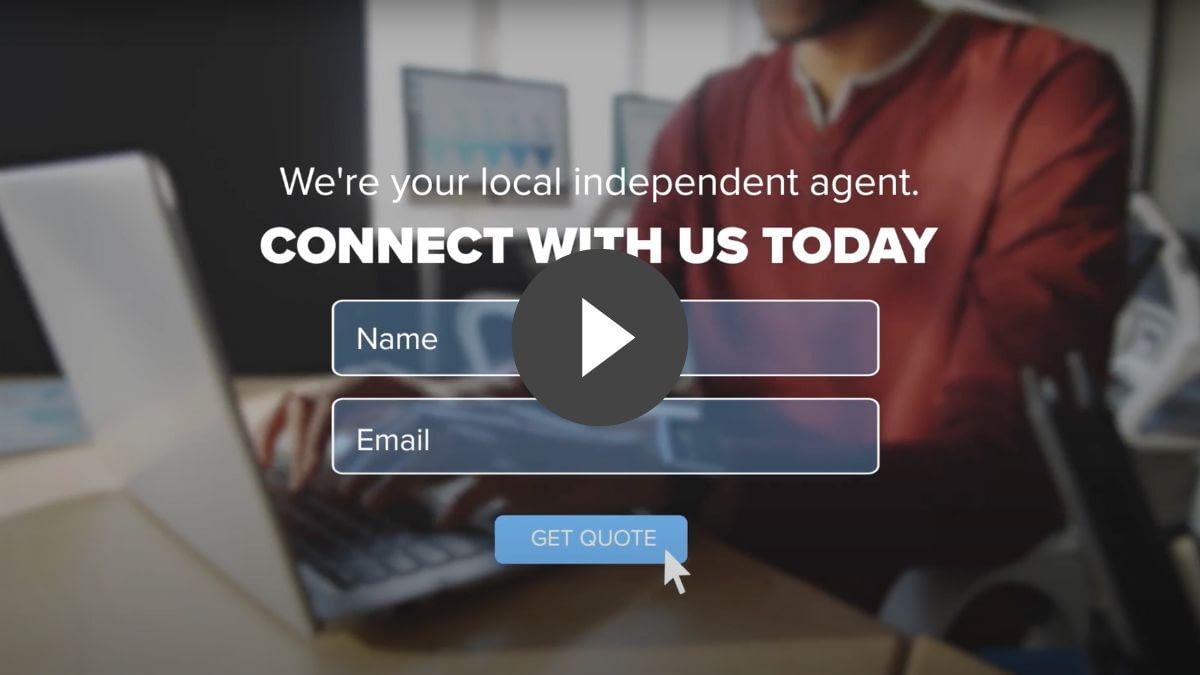
Driving in fog can be challenging and dangerous due to reduced visibility, so it’s important to take some precautions to ensure your safety and the safety of others on the road. Here are some tips for driving in fog:
1. Reduce speed: Fog can severely limit your visibility, making it difficult to see hazards ahead. Slow down to a safe and controllable speed that allows you to stop within the distance you can see clearly.
2. Use headlights: Turn on your low-beam headlights, even during the day, to make your vehicle more visible to others. Avoid using high beams as they can cause glare and reduce your own visibility by reflecting off the fog.
3. Fog lights: If your vehicle is equipped with fog lights, use them. These are designed to cut through the fog and provide better visibility of the road immediately in front of your car.
4. Maintain safe following distance: Increase the distance between your vehicle and the one in front of you. This extra space provides you with more time to react to sudden stops or emergencies.
5. Stay focused and alert: Keep your full attention on the road and avoid distractions like your phone or adjusting the radio. Listen for any unusual sounds that might indicate other vehicles nearby.
6. Use road markings as a guide: Stick to the road markings, such as the edge line and center line, to maintain your lane position.
7. Be cautious at intersections: Crossroads and intersections can be particularly hazardous in foggy conditions. Approach them with extreme caution, and only proceed when you are certain it’s safe to do so.
8. Avoid sudden maneuvers: Abrupt braking or steering can lead to loss of control on slippery or wet roads. Make smooth and gradual movements.
9. Turn off cruise control: Driving in fog requires constant adjustments to your speed, so it’s best to turn off cruise control to maintain better control of your vehicle.
10. Use windshield wipers and defrosters: Keep your windshield clear to maximize visibility. Use your wipers and defrosters as needed to prevent fogging.
11. Roll down your windows: This can help you hear approaching traffic or any other sounds that might indicate potential dangers.
12. Pay attention to other vehicles: Watch for taillights or headlights of other vehicles on the road. Avoid following them too closely but use them as a guide to judge the road’s direction and curves.
13. Know when to pull over: If the fog becomes too dense and you can’t see clearly, consider pulling over to a safe location and turning on your hazard lights until visibility improves.
Remember, the key to driving in fog is to slow down, increase your awareness, and be prepared to react to unexpected situations. If the fog is extremely thick and driving conditions are hazardous, consider delaying your trip until the weather improves. Your safety is paramount.

